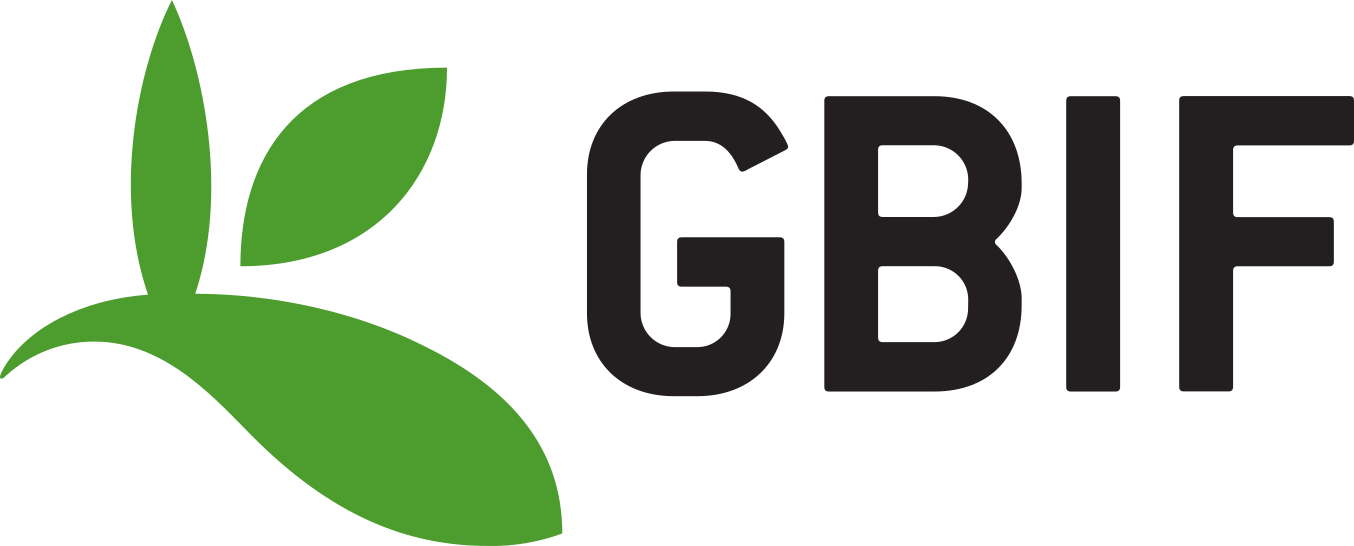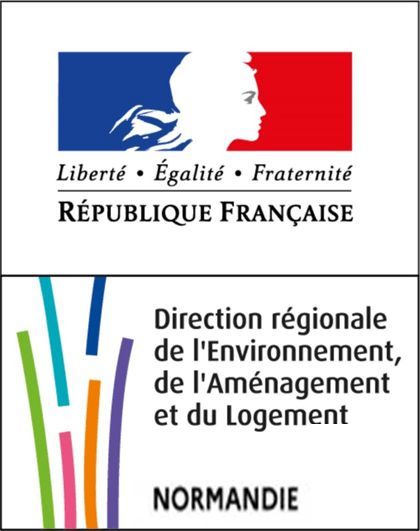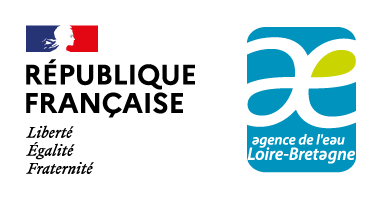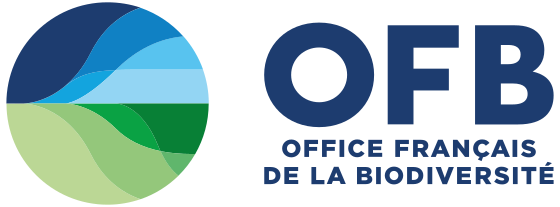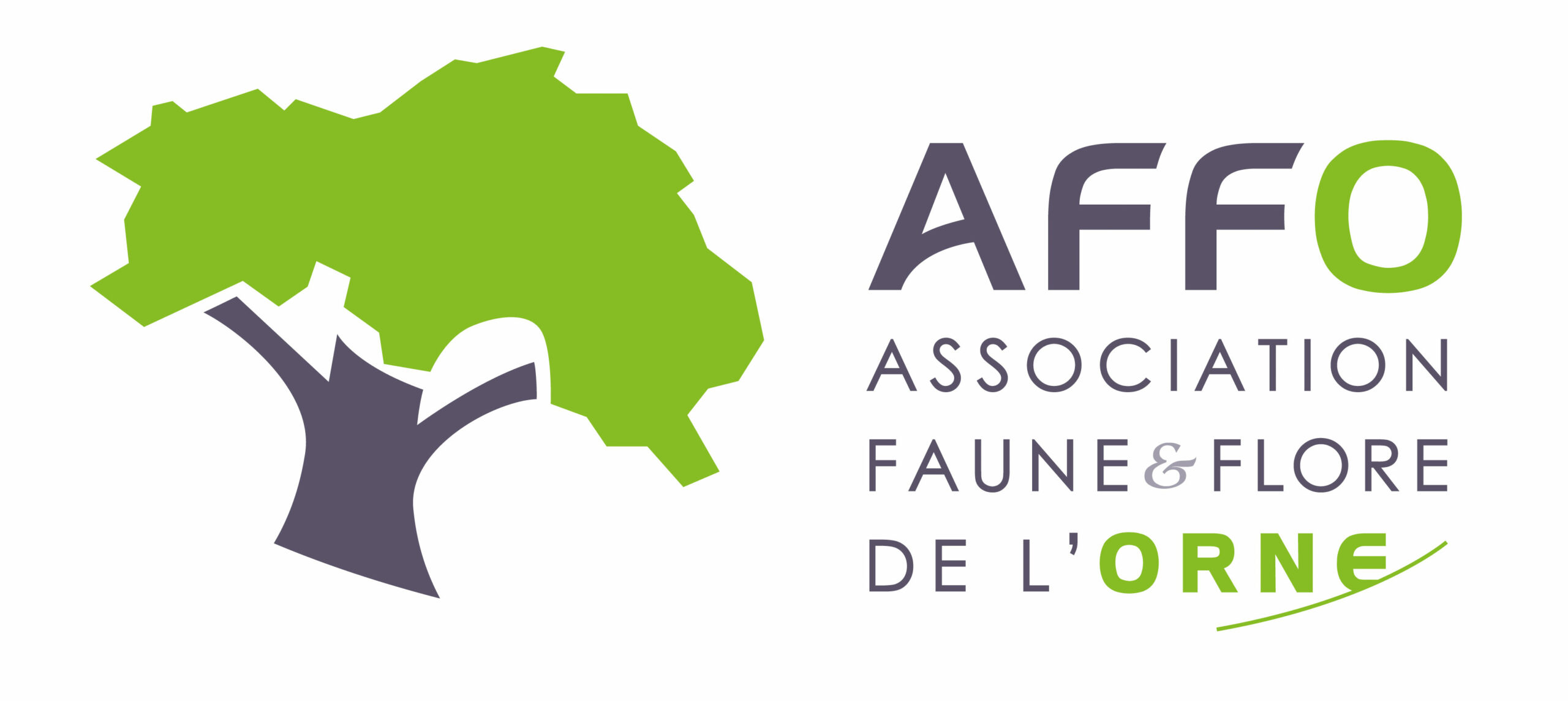Où cette espèce a-t-elle été observée ?
 Attention : cette espèce peut être présente où il n’y a pas de maille, mais à ce jour elle n’y a pas encore été observée.
Attention : cette espèce peut être présente où il n’y a pas de maille, mais à ce jour elle n’y a pas encore été observée.
Chargement...
- 13 observations
-
3
communes -
4
observateurs
11
organismes -
Première observation
2010 -
Dernière observation
2023
Decan Alain
-
Ferrand Maxime
-
Jolivet Samuel
-
Nsp
-
Conservatoire d'espaces naturels du Centre-Val de Loire (CEN CVL)
Participation à 11 Observations
Part d'aide à la prospection : 84.62 %
Fiche organisme
-
Agence de l'eau Rhône Méditerranéee et Corse
Participation à 1 Observation
Part d'aide à la prospection : 7.69 %
Fiche organisme
-
Agence de l'eau Seine-Normandie
Participation à 1 Observation
Part d'aide à la prospection : 7.69 %
Fiche organisme
-
Agence de l'eau Rhin-Meuse
Participation à 1 Observation
Part d'aide à la prospection : 7.69 %
Fiche organisme
-
Agence de l'eau Adour-Garonne
Participation à 1 Observation
Part d'aide à la prospection : 7.69 %
Fiche organisme
-
DREAL Centre-Val de Loire
Participation à 1 Observation
Part d'aide à la prospection : 7.69 %
Fiche organisme
-
Agence de l'Eau Loire-Bretagne
Participation à 1 Observation
Part d'aide à la prospection : 7.69 %
Fiche organisme
-
Office Français de la Biodiversité (OFB)
Participation à 1 Observation
Part d'aide à la prospection : 7.69 %
Fiche organisme
-
Association Faune & Flore de l'Orne (AFFO)
Participation à 1 Observation
Part d'aide à la prospection : 7.69 %
Fiche organisme
-
DREAL Pays de la Loire
Participation à 1 Observation
Part d'aide à la prospection : 7.69 %
Fiche organisme
Informations espèce
Non renseigné pour le moment
Non renseigné pour le moment
Répartition actuelle en France métropolitaine
© INPN - Avertissement : les données visualisables reflètent l'état d'avancement des connaissances et/ou la disponibilité des données existantes au niveau national : elles ne peuvent en aucun cas être considérées comme exhaustives.
Répartition actuelle dans le monde
Avertissement : les données visualisables reflètent l'état d'avancement des connaissances et/ou la disponibilité des données existantes au niveau mondial : elles ne peuvent en aucun cas être considérées comme exhaustives.
Pas de synonymes pour ce taxon



